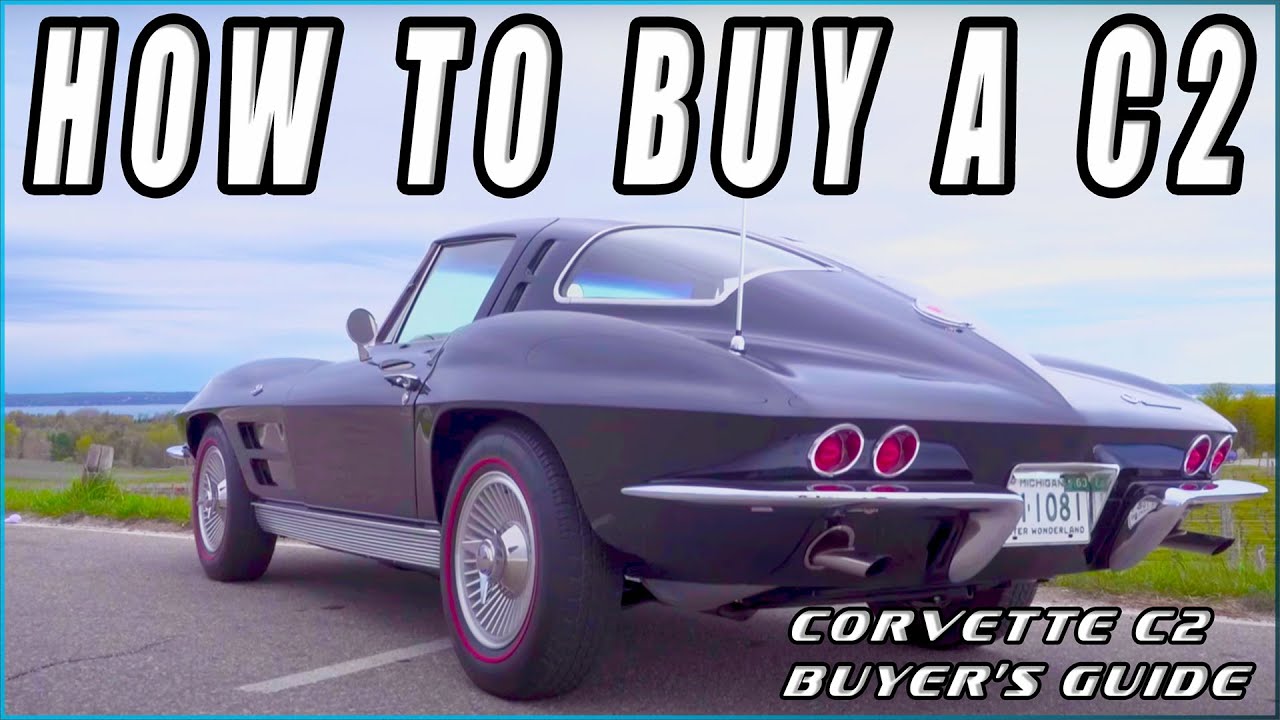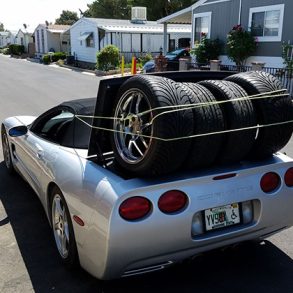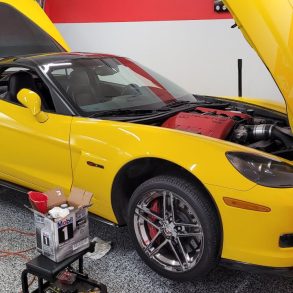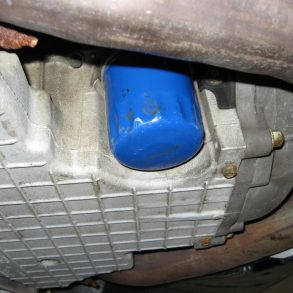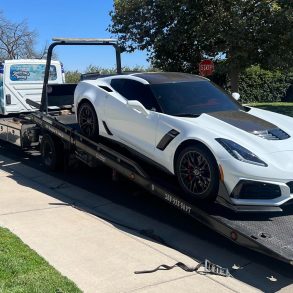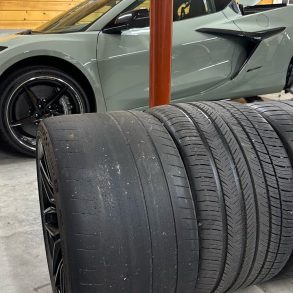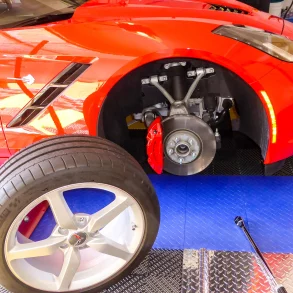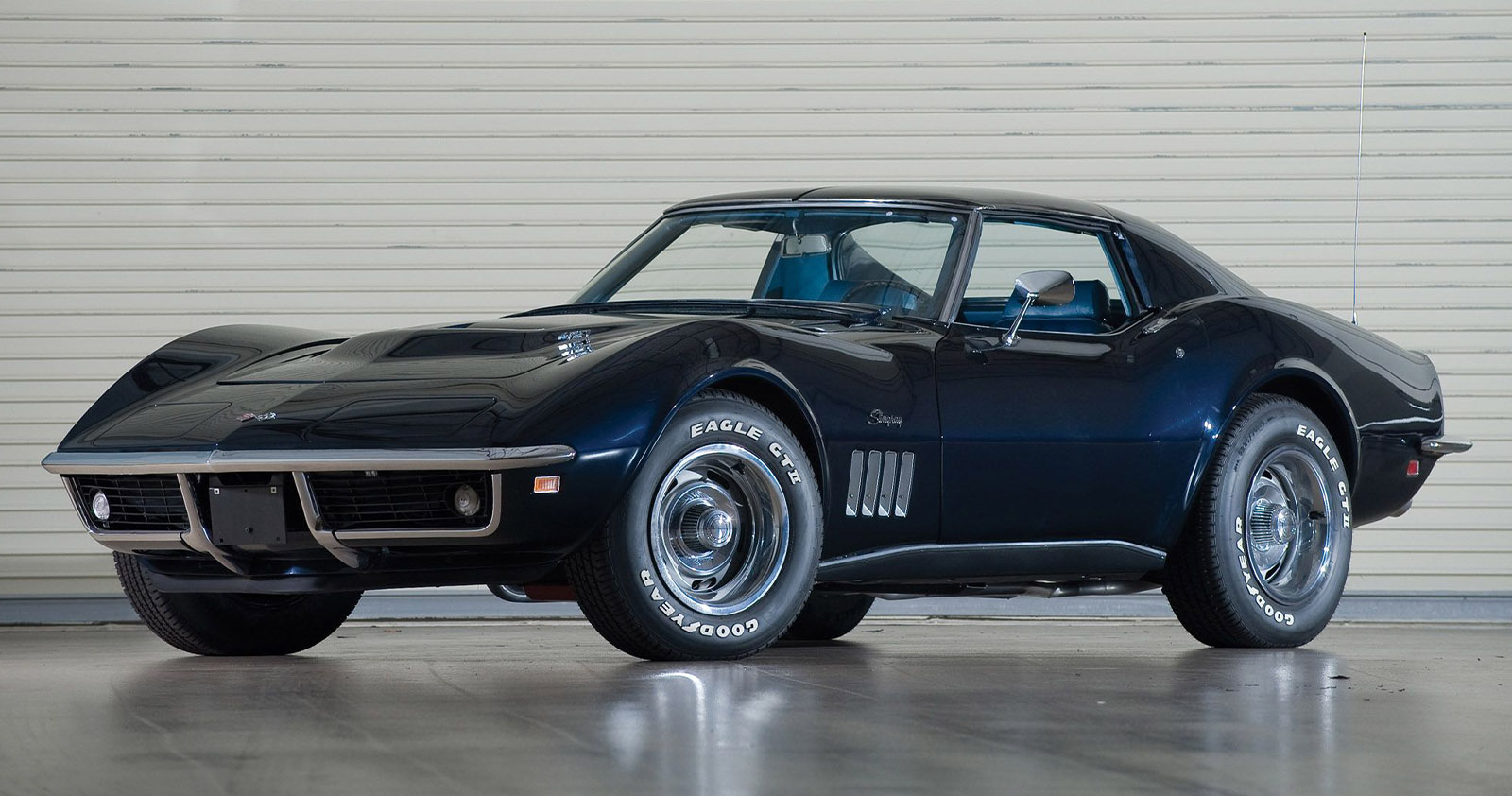Welcome to another edition of CorvSport Curates, where we break down data and videos and present them to our dedicated CorvSport community! Whether you’re looking for tips for buying your first Corvette or wondering what brand of oil and filters enthusiasts prefer for their babies, we have it. [Author’s Note: This article is FREE and not behind a paywall. Yes, FREE! If/when any pop-ups occur, please click to make them disappear and continue enjoying the article. One may require two steps–first, the arrow on the left, then the x on the top right.]
We know most of you lead a hectic lifestyle, so format our features for easy reading, with opportunities to dig deeper if your day is light. As we like to say, if you’ve got an hour to kill, we’ll give you the resources to get to the top of the hill. Today, we dive into a video from the classic car experts at Hagerty, who share their wealth of knowledge, including tips on buying a second-generation Mid-Year Corvette. With over 150,000 views, we’re excited to break it down for you!
What’s Inside Today’s Edition of CorvSport Curates
- CorvSport Breaks Down Hagerty’s C2 Buyer’s Guide
- Featured Video From Hagerty With Preview & Top Comments
- Bonus Content: CorvSport Curates Archives
Hagerty’s Buyer’s Guide For The C2/Mid-Year Corvette
[Text in quotes is fully credited to Hagerty]
#1: Rigidity improvement over the first-generation
“The car sits down on a perimeter frame instead of sitting on top of the frame like the first generation. In the coupes, rigidity was improved 90% over the previous car. Convertibles, less so, about 10%…”
#2: Where to look for possible rust and when to walk away
“…Even though these cars are fiberglass, and you don’t have to worry about rust there, the frames are steel, and the substructure, or birdcage, within the cabin is steel, as well. And if you’re gonna find rust on these cars, it’s gonna be in the frame or that substructure. You can’t really tell looking at the outside of the car if there’s rust in there, but water can get up underneath this windshield. You wanna look at the headliner in the car. If there’s signs of water damage, or maybe even the smell of mildew, that could be a sign that water has gotten in there and rotted that substructure. So, if the car you’re looking at does show signs of water getting in under the windshield, and you suspect that there might be rot beneath the cowl or up in the substructure, walk away from the car. It’s gonna be a lot of money to try and fix that, and if you’re looking for a driver, you don’t wanna mess with that…”
#3: Don’t forget to check the rear suspension for rust
“Another place to check for rust on these cars is in the rear suspension, particularly the rear trailing arms on either side. Something to keep in mind with these fiberglass bodies is that it’s not all one piece. There were several panels that were put together with bonding strips, and one example of those is up underneath this rear wheel well. You can feel in there, and there’s a little seam. Now, what you wanna be looking for in the surface of the car is signs of cracking where those panels come together.”
#4: Check the headlights
“One final thing to check on the outside of these cars is these pop-up headlight motors. A lot of times, they fail, or one headlight comes up or goes down before the other, so you kinda get that winking look. So, you’re gonna wanna make sure to check those and make sure that everything works as it should.”
#5: C2 Corvettes are stout and easy to work on
“These cars came with a range of engines, so let’s pop the hood and talk a little bit about what was available. So, you really had some great choices, depending on how much power you could handle versus how much you could afford. There are no bad Corvette engines, and they came either with carbs, or with Rochester fuel injection, but after ’65 the fuel injection went away, and they were carbs only. They are stout, mechanically, they’re easy to work on, they’re easy to rebuild and fairly inexpensive to rebuild, so that’s one of the nice things about these cars. For as exotic as it looks, it’s very conventional, mechanically.”
#6: Decide how important originality is and work from there
“Now, when we’re talking about Corvettes, one of the biggest factors is numbers. It’s totally a numbers game, and there are so many numbers on this car, and so many codes to decipher, it would make an IRS agent go crazy. But what you wanna do, if originality matters to you, is start comparing. All the major components in the engine bay had casting numbers from the factory, and you can decode all that stuff, or have an expert who can decode it for you, to make sure that the engine and the transmission that are in the car you’re looking at came with that car. You wanna make sure that part numbers are correct, the clamps are correct, all that stuff. For some people, that’s very important. If you just want a driver that works and goes, it’s less important, but it’s still something to think about.”
#7: Know how the Mid-Year came from the factory
“Now, these weren’t just Plain Jane, bare bones sports cars. You could spec these with a lot of different options. Convenient stuff, like air conditioning, tilt steering, AM/FM radio, but also performance upgrades, like positraction rear axle, heavy duty brakes, heavy duty suspension, and also, a 36-gallon gas tank. Those cars are called Tankers. Now, all these options add up, and they add value to a Corvette, so it’s very important to know how the car came from the factory when you are looking at one. And so, in addition to all the numbers, there’s a lot of paperwork involved. Corvettes with paperwork will bring more money than cars without.”
#8: Drive the Corvette! And some info about brakes
“While numbers are important with Corvettes, what I’m really concerned about right now is how this thing drives. So, let’s take it out, let’s listen to it, let’s feel the acceleration, see how it handles. We can make a more informed judgement then. This ’63, and the ’64s that came after, were equipped with drum brakes, and they’re very good drum brakes. They’ve got great stopping power, and they actually inspire confidence. And you could upgrade those, get heavy-duty sintered metallic brakes, if you really wanted to get on it. After ’64, so ’65, ’66, ’67, came with four-wheel discs, and that was a big step up from the drums. So, these cars, as well as they go, have always been meant to stop with equal fervor. ‘Course, no one bought these cars for the brakes, really.”
#9: Despite its age, the Mid-Year has engine options and power to make you giddy
“One of the just absolutely fantastic things about these Corvettes, they make me giddy, ’cause in a time when Jaguar was giving you a 265-horsepower E-type, and that was it, and Ferrari was giving you a 300-horsepower, 275 GTB, and that was it, that was your output, that’s where the Corvette was starting. It was 250 in the base motor, or 300 after that, but you could go all the way up to 430, 435 by 1967, with the Big Blocks.
So, it was kind of the way for Chevy to just kind of say, ‘Screw you, sports car world. We’ve got a variety, you can pick your poison.’ And they were all so poisonous. (engine revs) God, that’s nice. The balance that you get from a Corvette, even in a 300 horsepower car like this–this is almost a perfect car. All the power you could hope for, but the way it’s delivered through the rear wheels is so confidence-inspiring. You don’t ever feel like you’re gonna lose control if you mash the throttle; the car stays planted, so it’s a very enjoyable car to drive. And that’s always kind of been the mantra for the Corvette. They wanted people to drive these cars and enjoy them and have a smile on their faces just from the sheer, visceral experience, and it’s hard not to like a car like that.”
#10: Lots of headroom, upgraded steering over the C1, and driveability
“One of the nice things about these C2 Corvettes is, despite their low, lean, mean appearance, there’s actually a lot of headroom in ’em, which is great for a taller guy, like me, and even people who are taller than me, although I would recommend the tilt steering, ’cause with a fixed steering column, getting in and out of these things, and wedging your legs underneath the wheel, it’s a little annoying, but it’s a small price to pay for the experience.
And the steering itself–it’s a recirculating ball system, which is a big improvement over the worm and roller system that was in the first generation. These are really quite easy to steer, and the great thing about these big, American V8s, even the small block V8s, is it’s just power on demand, and you get fantastic access to this horsepower from way down low in the rev range, all the way up to rev line. And, of course, that’ll only increase the bigger the engine you got. It’s a really nice feeling, just have it right at the palm of your foot, so to speak.”
A message from Hagerty regarding the tilt steering comment: “Note: Tilt steering was not a factory option, as mentioned by Stefan. Even magazine executive editors aren’t perfect!”
Featured Video
Video Preview From Hagerty:
“From its ground-breaking design to the range of small- and big-block V-8s that powered it, no model better symbolizes the beauty, athleticism and desirability of the Corvette than the second-generation C2. Hagerty Executive Editor Stefan Lombard recently spent some time with a 1963 Split-Window, and in this Buyers Guide he shows you not only what makes these cars so special, but what you need to look out for when you’re in the market. Editor’s Note: Tilt steering was not a factory option, as mentioned by Stefan. Even magazine executive editors aren’t perfect!”
Top Comments:
- “Started saving at 14 for my Vette, which I bought New in ’67. Best car ever, and I fulfilled my Dream….” @seadog2396
- “Nice to see a younger dude respecting a beautiful car.” @tomoday4450
- “Great video. Reminds me of my first ride in my brothers friends ’63 rolling around in the back. —- I was but 13!” @wallacerohn5269
Bonus Content: CorvSport Curates Archives
- CorvSport Curates: C5 Owners’ Favorite Tires For Their Corvettes
- CorvSport Curates: Highest-Rated Tires For Your C7 Corvette
- CorvSport Curates: Check Out The Highest-Rated Tires For Your C8 Corvette
- Made in the USA? Popular Oil Filter Brands For Your C5 Corvette & A WIX Warning
- CorvSport Curates: Most Popular Oil Choices For Your C6 Corvette
- CorvSport Curates: The Top Seven C7 Corvette Complaints
- CorvSport Curates: “Ten Rules For Buying Your First C3 Corvette”
Thanks for joining us for our CorvSport Curates feature! Are you CORVETTE OBSESSED like we are? The team of renowned authors and contributors at CorvSport hopes you sense our passion for the iconic Corvette, and our vast database of articles and guides should prove it–5000+ features since Scott Kolecki founded CorvSport over 15 years ago! Join the fastest-growing Corvette community on our Facebook page, with over 171,000 followers (52,000 since January 2023!). Meet other hardcore enthusiasts and say hello. This is Douglas B. signing off–click here if you would like to see more of my features.


